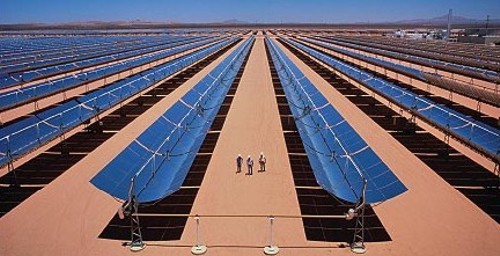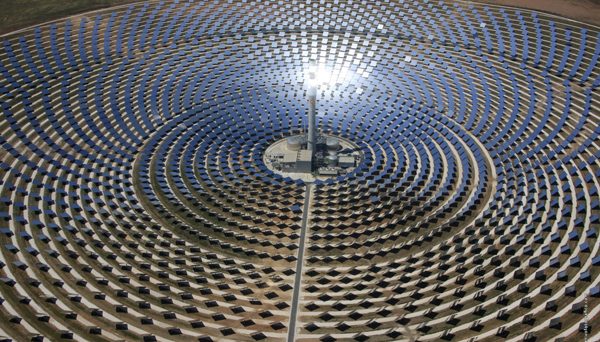The new thermic energy project in Chile called Bundang-Gu Calama is an initiative from
Andes Green Energy, a South Korean company that based on a US$4.500 investment, pretends to generate electricity 24/7 through photovoltaic and thermic energy. In total, this project will reach a capacity of one gigawatt, where 700MW will come from the panels and the other 300MW from thermic technology.
How does this work?
It is produced by cylindrical-parabolic collectors that absorb the sun’s radiation, melt salt and, through a dynamic exchange, they produce steam that turns into electric energy in 6.9W.

What Will they do with this thermic energy?
Andres Green Energy wants to sell the energy that is going to be produced in Bundang-Gu to different mining companies in the Antofagasta region and to insert it in the SING (Interconnected System ‘Norte Grande’).
Where are they now?
They are currently very close to getting the environmental approval by the SIEA (Regional Direction of the System of Environmental Impact Evaluation). If everything goes as planned, the construction could start in January of the next year at the kilometer 22 of the 23H Route, the one that connects Calama and San Pedro de Atacama.
Their plans for the future
After they finish their energy plant in Calama, which they plan on having ready for 2022, the Korean company has put their eyes in Pozo Almonte, a village in the interior of the city of Iquique (Chile), to install their second project. Besides, they are already looking for expansion opportunities to the rest of South America.
The renewable energy in Chile
According to
Bloomberg New Energy Finance, the renewable energies in Chile reach the 12% of all the energies produced in the country. Nonetheless, the government guarantees they have the goal of increasing that number to 20% for 2025.
What do you think about this plant that is about to be built? Which use would have you given to the produced energy?
Join our engineering community here 

